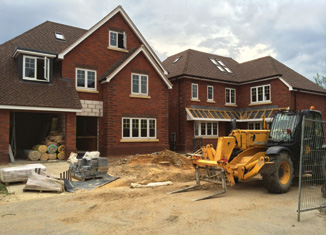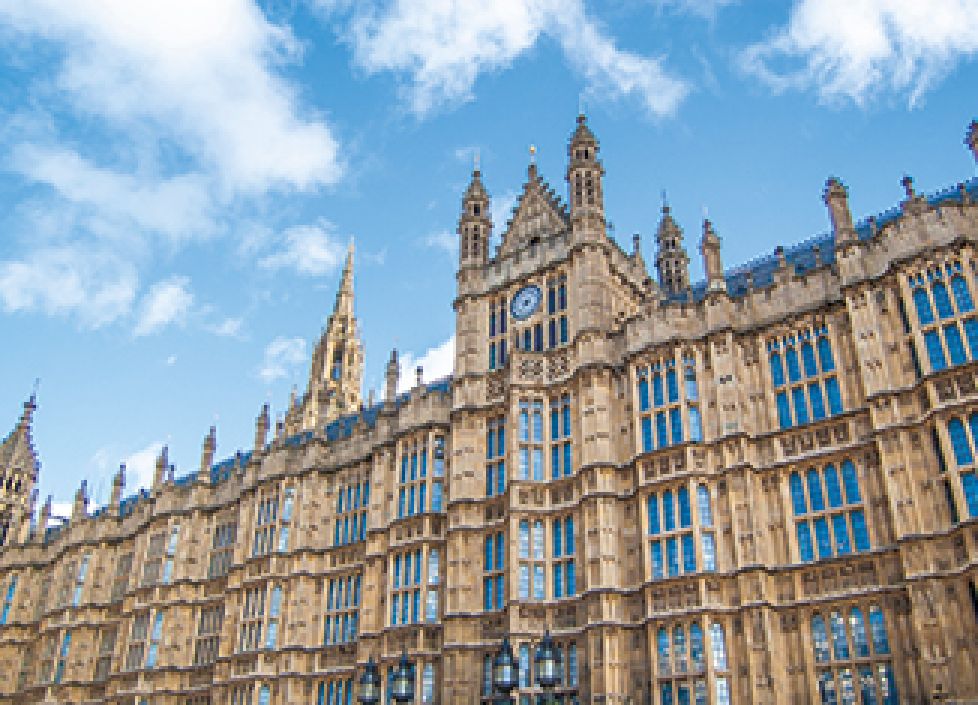Commercial leases is one of the topics I am most often asked about, and an understanding of leases can often open the door to adding huge value to commercial property. It’s important to remember that retaining commercial property as commercial may often yield more profit than undertaking development, and, of course, not all commercial property is suitable for conversion to residential.
It's also important to understand the big difference between residential AST’s (Assured Shorthold Tenancies) and commercial leases. In residential investments, the lease is just a mechanism to document and manage the tenant’s occupation of the property. However, with commercial investments, properties are valued on an investment basis specifically because tenants occupy the property under a commercial lease. This means both the rent and the yield (multiplier of the rent) can be improved by putting the correct lease in place.
Tenanted properties are usually worth more than those that are vacant as tenants are tied into their occupation via a lease for a set period of time, with lease terms governing this. The existence of a commercial lease can therefore significantly reduce the risks associated with a property for an investor.
When entering into a lease the landlord will want to generate a reliable income stream from their investment. The tenant, on the other hand, will want a lease that allows their business to operate effectively and at a cost they can predict and afford. These two objectives lie behind all the detailed provisions of the lease:
- what will be let (the ‘demise’)
- by whom (‘landlord’) and to whom (‘tenant’)
- for how long (‘term’)
- at what price (‘rent’)
- what for (‘use’) and
- what they can/should do with it once they are in there (‘repair’ and ‘alterations’, ‘alienation’).




















